The sleeping bag is an icon of the outdoors, especially for camping, but do you even need a sleeping bag for camping?
The short answer is no, you don’t need a sleeping bag for camping, but it may be the best option depending on what kind of camping you are doing.
Under most camping situations, you need some sort of insulation to keep you warm at night, but how you go about doing that will be influenced by a lot of factors.
People want simple yes or no answers, but to truly understand whether you need a sleeping bag, we have to get into the details of what you use a sleeping bag for.
This guide will give you all the answers plus many valuable tips based on our extensive experience outdoors.
Read on.
Table of ContentsWhat does a sleeping bag do and why it is the standard?Do You Need A Sleeping Bag For Camping?Sleeping Bag AlternativesWool or Synthetic BlanketsTop QuiltsSleeping Bag LinersThermal Bivy SacksPros and cons of not using a sleeping bagPros:Cons:When do you need a sleeping bag and when you don’t?Can you use blankets instead of a sleeping bag?How can you stay warm without a sleeping bag?ShelterGround insulationWarmthCan warm clothing replace a sleeping bag?Conclusion
What does a sleeping bag do and why it is the standard?
According to industry studies, the Americans spent nearly $3 billion on camping equipment in 2017. The sleeping bags represented 38 percent of the top five most popular camping items.
At the most base level, a sleeping bag provides insulation to retain your body heat when you sleep.
Unlike a blanket that just covers you, a sleeping bag is enclosed to fully wrap your body. Depending on the style of the sleeping bag, it may just cocoon your body or it may have a hood to retain heat from your head as well.
For backpacking, where you have to carry all of your gear on your back for long distances, the mummy-style sleeping bag is the most common.
It is tapered at the foot end and wider at the shoulders with a hood that can be fully tightened to only have your face exposed.
They have become popular because this style has the least size and weight for a given level of warmth.
When combined with an insulated sleeping pad on the ground, a sleeping bag makes for a simple system that most people understand how to use. Sleeping bags have a temperature rating that gives you an idea of how warm they will be.
A bag rated to 32 F (0 C) will be good for summer, and a bag rated 15 F ( -9 C) will usually be adequate for spring and fall use. Now, these ratings are the bottom, not a temperature you will be warm and toasty.
Do You Need A Sleeping Bag For Camping?
Now that we know what a sleeping bag is used for, you can see that anything that does the same role can be used to replace a sleeping bag.
So yes, you can camp without a sleeping bag. You won’t have to do the effort of attaching the bag to your backpack, if you’re backpacking.
Blankets, quilts, bivy sacks, clothing, or a fire can all add enough insulation or heat to keep you warm enough to get a good night’s sleep.
They are all convenient replacements no matter if we’re talking about a goose down or synthetic sleeping bag.
On a really warm stargazing night, you could get away with just the clothing you are wearing, but it would be irresponsible to head out in the wild not being prepared for colder than predicted temperatures.
Even if you are just using your clothing, make sure you have some extra insulation such as a thermal bivy in case it gets colder than you expected.
And when you sleep, learn how to keep a campfire going all night. That will add some warmth throughout the entire night.
I suggest looking at what the record low for an area is and make sure your choice of sleeping insulation will handle that temperature.
Sleeping Bag Alternatives
Let’s see what you can use to replace a sleeping bag.
Wool or Synthetic Blankets
This is the traditional approach that dates back hundreds of years. Before people camped for fun, they stayed out overnight for travel, hunting, or exploration.
Wool blankets can be a great alternative to sleeping bags. Not often, though.
A wool blanket combined with an insulated bed of plant material such as spruce boughs was the bed for voyageurs, trekkers in the Scottish Highlands and across the American Frontier.
When combined with a fire, the wool blanket can help you withstand all but the coldest temperatures.
Wool is the preferred material for a blanket as it is warm, durable, quick-drying, and resists burning when hit by sparks from the fire.
For camping, you need a much larger blanket than you would use on a bed as you make a human burrito with it to maximize warmth. When you wrap yourself correctly, there will be the option for multiple layers on you, thereby increasing the warmth. Synthetic fleece blankets have a lot of the same properties, but melt when an ember from the fire hits them.
The fleece is also a lot less wind-resistant compared to wool. This wouldn’t be much of an issue in a tent, but if you were camping out under the stars, the wind cutting through the blanket could be unpleasantly cold.
The downside of either type of blanket is that they are bulkier and heavier than a sleeping bag of similar warmth.
People who enjoy bush-craft and practicing traditional woodcraft techniques will often use a wool blanket bedroll, even if it has some downsides compared to a sleeping bag.
When it comes to sleeping next to a fire, modern sleeping bags are not a great choice, as an ember from the fire with put a hole in the nylon shell instantly.
Last but not least, blankets are a great camping pillow alternative.
Top Quilts
A top quilt is like the top half of a sleeping bag. They may have a sewn foot box or be able to close up at the bottom with Velcro or snaps.
Since your sleeping pad insulates you from the bottom, a quilt can be an option if you are looking for a less restrictive form of camp bedding.
Quilts don’t have a hood, so you will need to wear a hat to keep your head warm in colder conditions.
What these temperatures are will vary based on your body heat and how much hair you have. I have a friend with a bald head who needs a beanie to keep his head warm if it’s anything below room temperature.
They can be insulated with synthetic or down insulation. A down quilt will be lighter than a comparable sleeping bag as they have less material. Top quilts are also popular for hammock camping, as they are much easier to use than a sleeping bag you have to get into.
Many people who hammock camp have an under quilt that attaches to the bottom of the hammock to insulate from the cool air circulating underneath.
Sleeping Bag Liners
A sleeping bag liner is a fleece bag that fits in your sleeping bag to increase the temperature rating.
They come in different temperature ratings, but unlike a sleeping bag, the rating will tell you how much they add to your sleeping bag.
On warm summer evenings, a sleeping bag liner can be used on its own as your camp bedding. I have used the Sea to Summit Reactor liner that is rated to add 18 C (32 F) to your sleeping bag, as a stand-alone bag in summer when it doesn’t get below 10 C overnight.
The small size, lightweight, and low price make it a great option when you don’t need a lot of insulation.
Plus, it turns your three-season sleeping bag into a winter-rated one when used together.
Thermal Bivy Sacks
A bivy sack is a waterproof-breathable shelter that is meant to be used as a personal shelter. They block wind and rain, as well as help retain body heat.
Photo by ryneches on Foter.com
When the temperature is above 10 C, they can be used on their own as long as you are using it with an insulated sleeping pad to protect you from the cold of the ground.
SOL makes an emergency waterproof-breathable bivy that is lined with heat reflective material. I have used this as a stand-alone sleep system with an insulated pad in summer when I want to move fast and light.
Pros and cons of not using a sleeping bag
Let’s see the major pros and cons of not bringing a sleeping bag when sleeping overnight.Pros:
Cons:
When do you need a sleeping bag and when you don’t?
Sleeping bags are not mandatory, just often the simplest way to sleep comfortably in temperatures below 10C.
Photo by nathmart on Foter.com
When you start thinking about adequate insulation rather than only using a sleeping bag, then the options open up to you.
The quilt is generally the equivalent of a sleeping bag, as long as it is paired with an insulated sleeping pad.
They are available in all but the coldest ratings(-20C and colder), where the sleeping bag is still the most efficient at retaining your body heat.
When the temperatures are 15C or warmer, you don’t need a sleeping bag or much of anything to keep you warm. The issue is that nights often start warm and cool off. This is when you need something to cover yourself with once the temperatures drop. Having a blanket, sleeping bag liner, or even clothing layers (such as backpacking leggings) to pull over yourself is often enough on summer nights.
If you are sleeping by a fire, then a sleeping bag isn’t recommended as the sparks will burn a hole in your bag.
In these cases, wool will do a good job of both not melting and keeping you warm.
A sleeping bag will definitely help you get warm in those cases where you sleep in a tent and don’t use an electrical device for heating it up.
Can you use blankets instead of a sleeping bag?
Blankets, especially ones made from wool, are quite efficient at keeping you warm in temperatures above 10 C.
You can go colder if you pair it with your clothing as well, but it becomes closer to the limits.
To use a blanket for camping, you want an extra-large one, so you have wrapping options. Rather than just having the blanket covering you as you would in a bed, you want to layer, similar to wrapping a burrito.
Start with the blanket laying on your sleeping pad or other ground insulation at a 45-degree angle.
You will want the bottom corner extended well away from the bottom of your sleeping pad, so when you lay on it you have enough you can pull that corner up over your legs.
Then bring the sides in to wrap your body. This will give you two layers of the blanket over your body and minimize the space you have to heat up.
How can you stay warm without a sleeping bag?
If you have to stay warm without a sleeping bag or other camp bedding, then you need to think about what it is you are replacing.
Shelter
Whether a well-insulated tent, tarp, or something you build, to stay warm you will need shelter from wind and rain.
Photo by AppalachianFox on Foter.com
It is hard to build a waterproof shelter from natural materials, so it is always best to carry a tarp, poncho, or even an extra-large garbage bag to protect from the wind and water.
Ground insulation
The ground is colder than you are, so if you lay directly on it, you will lose heat via conduction. Insulated sleeping pads isolate you from the cold of the ground and give some cushion for comfort.
A sleeping pad isolates pretty well. Photo by Al_HikesAZ on Foter.com
If you are in a situation where you don’t have a pad, then you will need to improvise. Natural materials such as spruce boughs or dry leaves can make for enough insulation to keep you warm.
A garbage bag stuffed with leaves will make a good sleeping pad and protect you from any moisture on the ground.
Once I’ve even used my tent compression sack for ground insulation.
Warmth
Insulation around your body is what a sleeping bag gives you, so you will need to come up with some replacement to maintain your body temperature.
- Clothing – Wear everything you have. Loosen boots, so you don’t restrict circulation to the feet.
- Share body heat – If you are with others packing close together can help keep warm
- Fire – If you can’t keep your heat, then adding external heat from a fire can be a solution
- Natural insulation – While it might mean sharing the night with bugs, burying your body with dried leaves can do a lot to retain body heat. And here is a fantastic article on keeping insects away when camping.
Can warm clothing replace a sleeping bag?
I have slept without a sleeping bag on a few occasions when I got stuck out overnight unexpectedly.
By using my backpack as insulation on the ground and wearing all of my spare layers of clothing, I was able to stay reasonably comfortable.
However, it isn’t an approach I would suggest as your standard sleep system. Adding a fire will help, but this doesn’t work on a rainy night.
Since clothing is designed so you can move, it doesn’t maximize heat retention around the ankles, wrists, and waist.
Unless you are out on a warm summer night, you usually won’t be carrying enough clothing to keep you warm.
When laying still, your body doesn’t produce as much heat as it does when moving, so you need proportionally more insulation to stay warm.
Conclusion
A sleeping bag isn’t the only way you can enjoy a good night’s sleep on a camping trip. If you find a sleeping bag too restrictive or just want to experiment, there are other options.
Sleeping bags have become the standard for a reason, but now that you know this, you can feel free to break the rules and try other types of camp bedding.
It doesn’t matter what type of system you use as long as it fits with your style of camping and helps you get adequate rest.
Winston Endall
Having worked in the outdoor, fitness, and cycling industry his whole life, Winston brings a wealth of real world knowledge on the topics. Rock climbing, backpacking, cycling and wilderness survival are his life. As both an athlete, coach and outdoor educator, his practical experience translates into his writing to help people better pursue their outdoor passions.. Read more about Winston here. Junyuan Bags
Ten articles before and after
How to Attach A Sleeping Bag To A Backpack? (See How)
A Real Unigear Dry Bag Review (Plus Exclusive Bonus)
Goose Down Or Synthetic Sleeping Bag – What’s Better? [2021]
Are Tent Bags Waterproof: Everything You Need To Know [2021]
7 Elite Hiking Backpacks With Sleeping Bag Compartment
8 Stellar Dry Bags For Hiking Reviewed [2021] – Gear Up Hiking

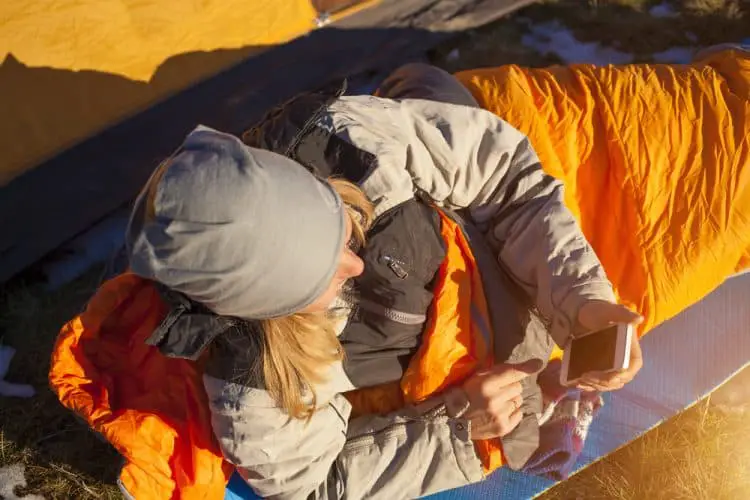


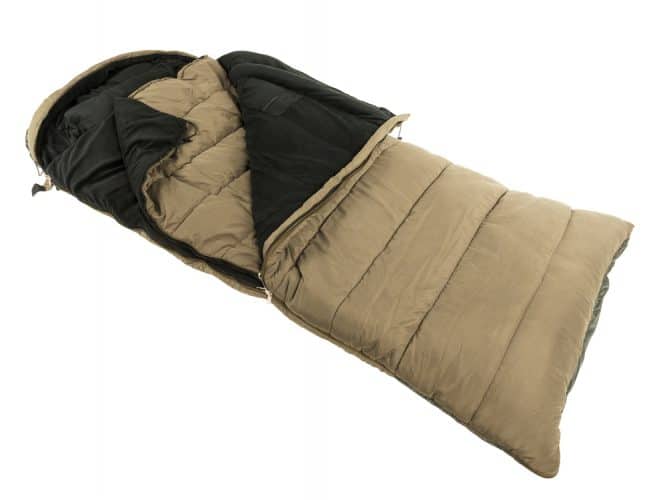
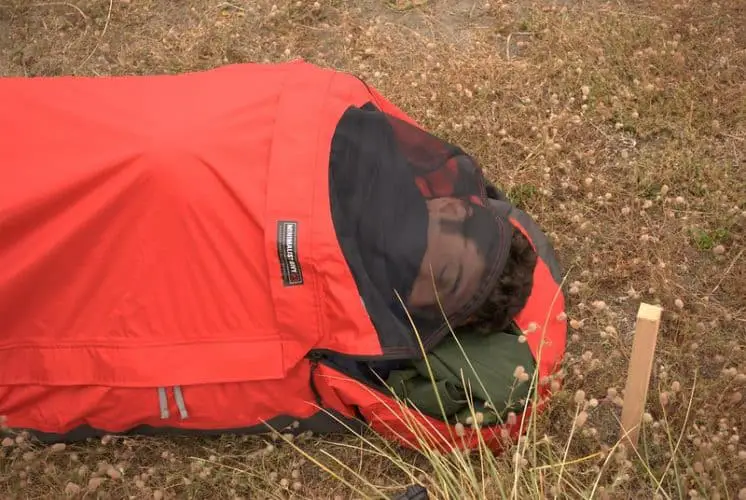
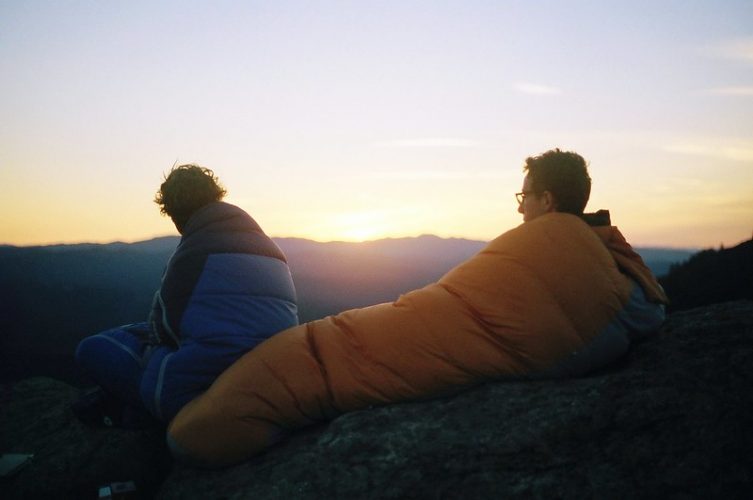

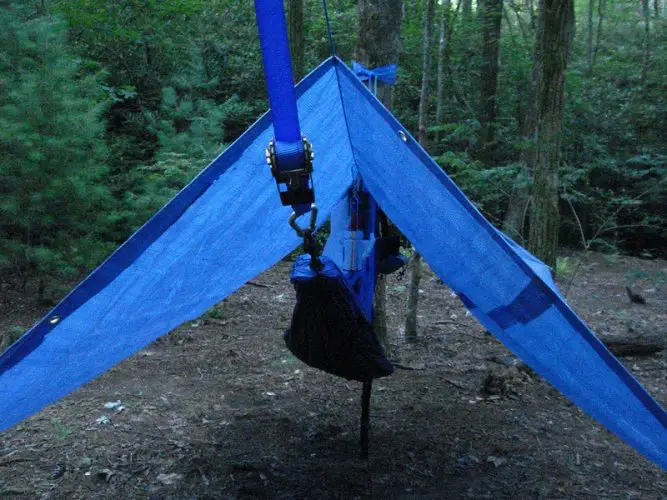






 Mobile/What's App/Wechat
Mobile/What's App/Wechat E-Mail
E-Mail ADD
ADD




